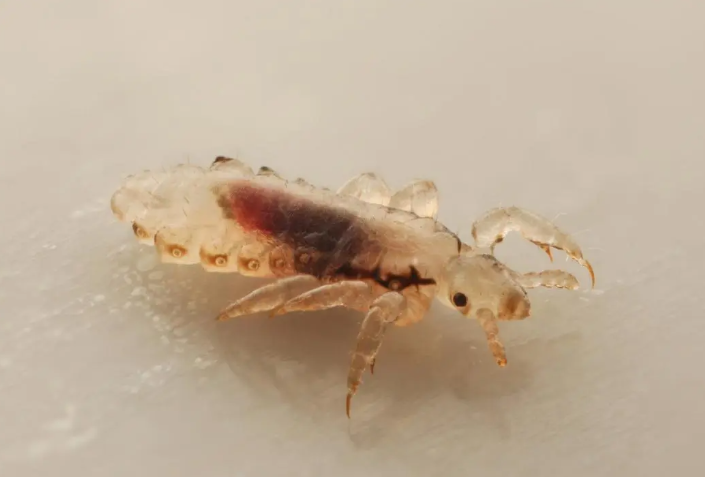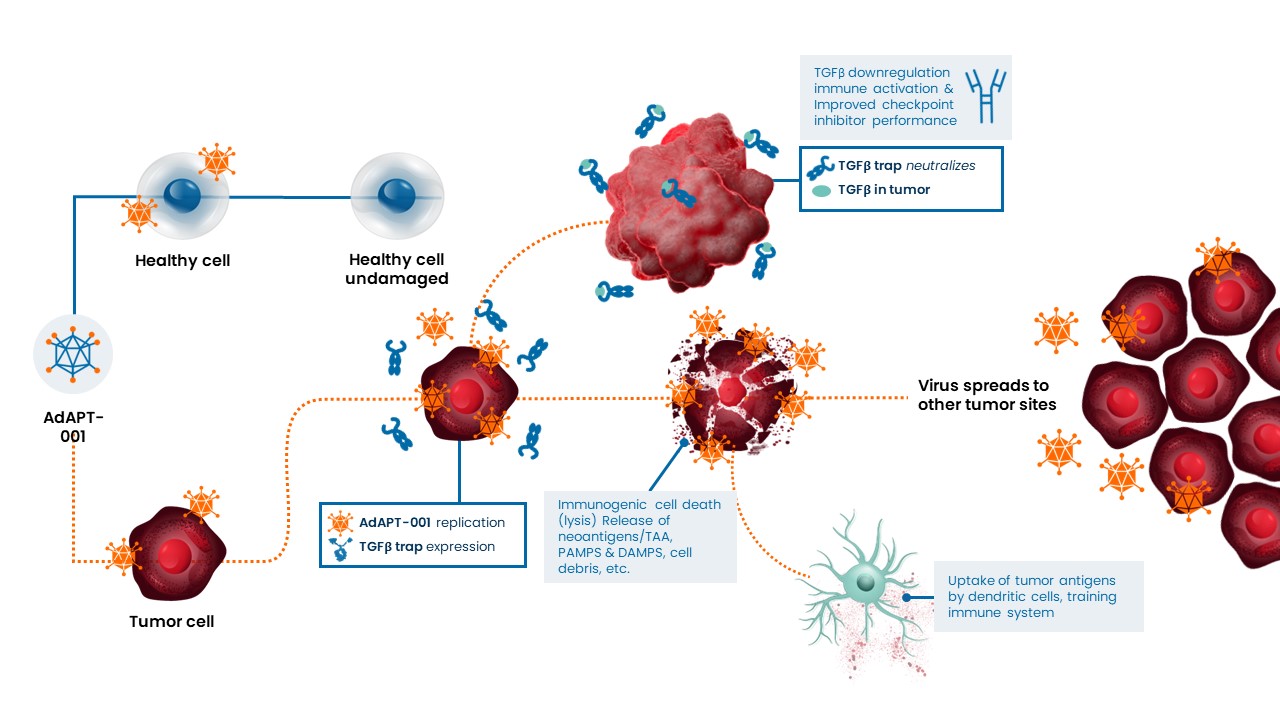
LICE!
Ugh! #Gross! #Disgusting! #Horrible! Or, dare we say it, #lousy!
For most parents a plague of locusts, waves of frogs, a pestilence of boils, or three days of uninterrupted darkness are preferable to a lice infestation, which is their – and let’s face it anyone’s – worst nightmare. After all, what’s more repulsive – and pun intended more lousy – than itchy, blood-sucking, hard-to-eradicate parasites that prey on the scalps of defenseless little children?! Nothing that’s what.
Tumors also are deathly afraid of a word with the exact same pronunciation but a totally different meaning. This word, a verb, is ‘lyse,’ and it refers to the rupture or lysis of cell membranes.
The lead EpicentRx oncolytic adenovirus, AdAPT-001, which carries and expresses a TGF-β trap to neutralize the immunosuppressive cytokine, TGF-β, infects tumor cells, replicates, and lyses them, as represented graphically below.

As AdAPT-001 clones or progeny virions are released from lysed tumor cells, the infection spreads locally within the tumor mass. This amplifies tumor cell killing compared to the initial input dose of AdAPT-001 viral particles and serves as a beacon for the immune system to come in and finish the job that AdAPT-001 started not only in the tumor where AdAPT-001 was injected but in other tumors throughout the body where AdAPT-001 was not injected.
In a Phase 2 trial, the combination of AdAPT-001 with a checkpoint inhibitor that takes the brakes off the immune response led to several durable responses in hard-to-treat metastatic tumors like sarcomas, and triple negative breast cancer. Of note, several of these responding tumors were previously resistant to checkpoint inhibitors.
So, three cheers for the word lyse, which, from the most recent clinical trial data, is what AdAPT-001 does to cancer cells preferentially and rapidly, hopefully to the horror of these cancer cells and to the huzzahs of patients.
